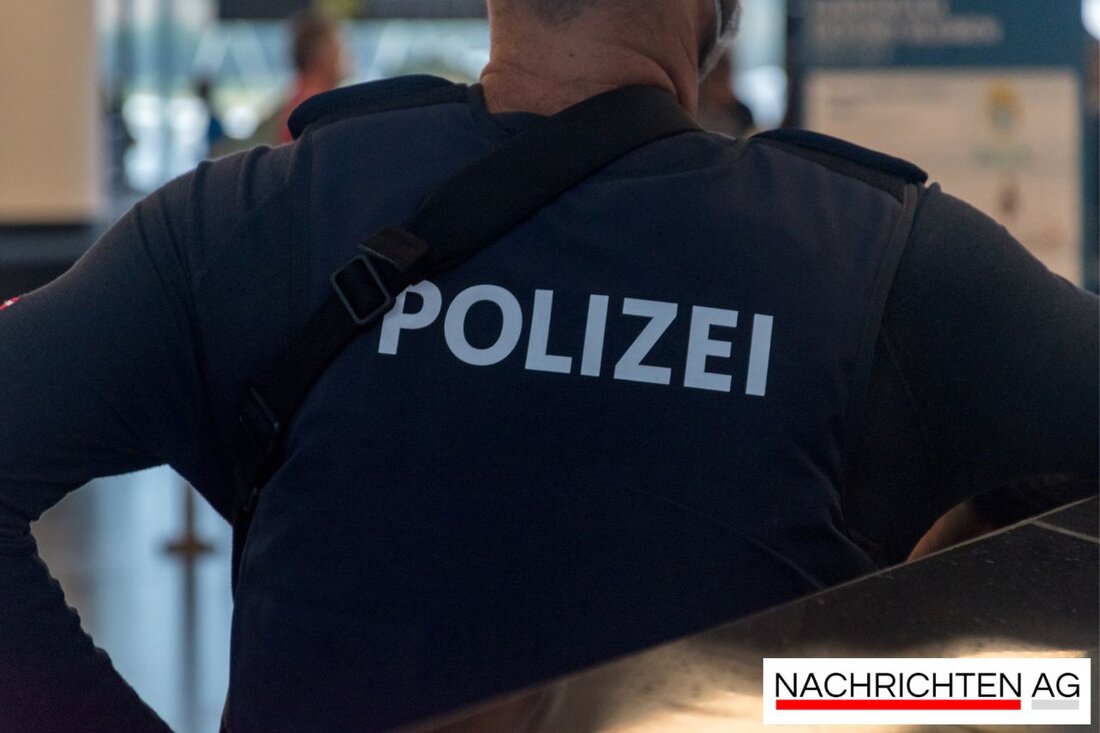Memories of the compulsory exposure: victims are denied compensation

Memories of the compulsory exposure: victims are denied compensation
On June 28, 2025, many remember the dark chapters of history, especially the compulsory exposures that took place in the GDR. The fates of Brunhilde Gerlach and Günther Henneberger are exemplary for the countless people who were removed from their home regions in 1952 and 1961. Their stories are characterized by loss, fear and the search for normal life under inhumane circumstances.
Brunhilde Gerlach reports on the forced relocation of her family in May 1952 from the picturesque Wohlmuthausen in the Rhön. Together with her mother, three sisters and the grandmother, she lived on a courtyard until the police transported her towards Gotha. "Everything was over without warning," she recalls. Günther Henneberger also experienced how his family from Nordheim near Schmalkalden was sold. They had to give up their inn and agriculture and now lived under cramped conditions in Remstädt near Gotha.
Unsolved citizens under general suspicion
The compulsory exposure was often carried out under the guise of security, but the real motivation was the consolidation of the inner -German border. During the operations "Action Border" and "Action Unmissical", numerous families were classified as hostile to the state, often without clear evidence or by denunciations. "The assessment was arbitrary and has overthrew many innocent citizens in ruin," reports Wikipedia about the background of these measures. There were mainly people with west contacts or those who were considered politically unreliable in the GDR.
The negative consequences for those affected were devastating. Marie-Luise Tröbs was removed on October 3, 1961 in a second wave of the forced relocations from Geisa. She could only take a few personal items with her, including a doll's dress and a small coffee grinder. "I was avoided in Ilmenau," said Tröbs, who never forgot the painful memories of this time.
social effects and compensation
The forced settlements concerned almost 12,000 people from over 320,000 border residents. Many not only had to leave their homes, they were also stigmatized as criminals. The Federal Government critically documented the violations of fundamental rights in 1953, but real recognition as a victim of political persecution did not come up until 1992. Today, many of these people still do not receive any financial compensation for the injustice suffered, as can be read on the Ver Klett-Cotta Elibrary.
This shows another problem: health damage and mental illnesses are widespread among the forced relocated. A study by the University of Greifswald from 2006 indicates that approximately 60.8 % of the forced relocated mentally ill. The picture is completed by the demands of the Union of the victim associations of Communist tyranny (UOKG), the better conditions and the inclusion of the forced relocated to the rental regulation for liability victims.
The stories of the forced relocated from the GDR are still of great importance 70 years after the dramatic events. The memorials and monuments for the former places of residence have to remind us that there is a real story behind every fate. Stories that deserve it to be said and heard. Finally, social recognition and appreciation as a victim will be crucial to cope with the painful past.
| Details | |
|---|---|
| Ort | Wohlmuthausen, Deutschland |
| Quellen | |
